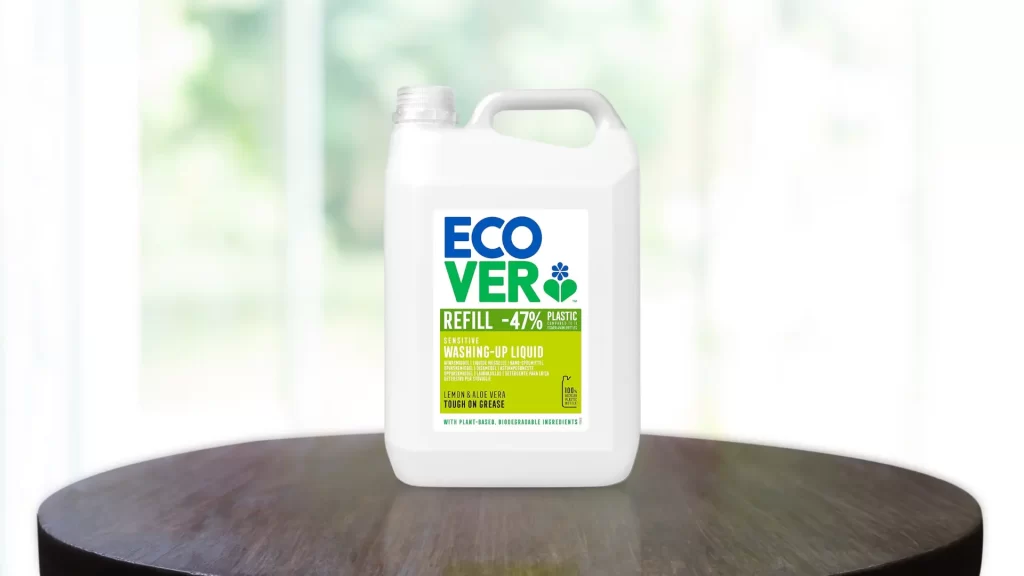Introduction: In our rapidly evolving world, embracing an environmentally responsible lifestyle has become a paramount concern. As individuals, we possess the power to catalyze positive change, starting from the very heart of our homes. By adopting eco-friendly practices within our dwellings, we can actively contribute to the preservation of our planet while cultivating a harmonious living space.
Harnessing the Power of Renewable Energy: Transitioning to renewable energy sources is a pivotal step in reducing your household’s carbon footprint. One of the most effective solutions is the installation of solar photovoltaic (PV) systems. These cutting-edge panels harness the sun’s radiant energy, converting it into electricity through photovoltaic cells. Not only does this provide a reliable and sustainable source of power, but it also contributes to improved air quality by eliminating emissions associated with traditional fossil fuel-based energy generation.
Moreover, solar PV systems can be seamlessly integrated with electric heating systems, such as air source heat pumps, enabling you to power your home’s heating and hot water needs entirely from renewable sources. To further enhance energy independence, consider coupling your solar PV installation with battery storage solutions, ensuring a consistent supply even during power outages.
Optimizing Energy Efficiency at Home: While large-scale renewable energy installations may require significant upfront investment, there are numerous cost-effective strategies to enhance your home’s energy efficiency. Smart thermostats, for instance, offer a convenient and tech-savvy solution. These Wi-Fi-enabled devices can be remotely controlled from any smart device, allowing you to regulate your home’s temperature with precision and ease.
By learning your household’s heating and cooling patterns, smart thermostats can automatically adjust the temperature based on external conditions and occupancy, reducing energy demand and associated costs. Data from customers utilizing Google’s Nest thermostat revealed remarkable energy savings of up to 16.5% compared to homes without smart controls.
Furthermore, embracing energy-efficient lighting solutions can significantly contribute to your eco-friendly endeavors. LED light bulbs boast an impressive lifespan up to 12 times longer than traditional incandescent bulbs, while consuming far less energy and providing comparable light quality. According to the Energy Saving Trust, these bulbs can reduce carbon emissions by up to 40kg annually, making them an economical and environmentally conscious choice.
Maximizing Insulation and Minimizing Heat Loss: Effective insulation plays a pivotal role in maintaining a comfortable indoor environment while minimizing energy waste. Double-glazed or triple-glazed windows, equipped with inert gas-filled cavities, offer superior thermal insulation, preventing heat transfer and reducing external noise pollution. Low-E (low-emissivity) glass, with its invisible metallic oxide coating, further enhances heat retention by reflecting radiant energy back into your living space.
Beyond windows, cavity wall insulation and loft insulation can significantly improve your home’s energy efficiency. Cavity wall insulation fills the gap between the inner and outer walls, acting as a barrier against heat loss, while loft insulation prevents rising heat from escaping through the roof. Simple DIY solutions, such as draught-proofing measures around windows, doors, and floorboards, can also contribute to minimizing energy waste.
Embracing Sustainable Appliances and Household Products: As you embark on your eco-friendly journey, it’s essential to consider the environmental impact of the products and appliances you introduce into your home. When it comes time to replace aging appliances, opt for energy-efficient models bearing the highest energy efficiency ratings. These appliances not only reduce your energy consumption but also contribute to lowering your utility bills over time.
Additionally, prioritize the use of eco-friendly cleaning products and household items. Many mainstream cleaning solutions contain harmful chemicals that can pollute waterways and disrupt ecosystems. Instead, consider natural alternatives such as vinegar, lemon juice, and baking soda, which are both effective and environmentally friendly. Furthermore, seek out biodegradable products that break down naturally without causing harm to the environment.
Cultivating Mindful Consumption Habits: Embracing a sustainable lifestyle extends beyond the physical aspects of your home; it also encompasses your consumption patterns and daily routines. Mindful consumption involves carefully considering each purchase, evaluating its necessity, and questioning its purpose. By adopting a more conscious approach to acquiring goods, you can significantly reduce waste, save money, and minimize your environmental impact.
When it comes to clothing, opt for quality over quantity. Invest in well-made garments that can withstand the test of time, and explore the world of vintage and second-hand outlets for affordable and unique finds. Additionally, consider mending and altering existing clothing items to extend their lifespan and adapt them to current trends.
In the realm of food consumption, prioritize locally sourced and seasonal produce. Not only does this support your local economy and strengthen community ties, but it also reduces the carbon footprint associated with long-distance transportation and refrigeration. Furthermore, minimizing food waste by portioning meals appropriately and composting organic matter can significantly reduce your household’s greenhouse gas emissions.

Ecover Dishwashing Liquid Refill: Sustainable, Plant-Based Cleaning Solution
Embracing Sustainable Transportation Options: Transportation is a significant contributor to global greenhouse gas emissions, and addressing this aspect of your lifestyle can have a profound impact on your eco-friendly efforts. Consider transitioning to electric or hybrid vehicles, which emit significantly fewer pollutants than their traditional counterparts. If feasible, explore alternative modes of transportation, such as cycling, walking, or utilizing public transit systems, to further reduce your carbon footprint.
For those who enjoy travel and exploration, eco-tourism offers a sustainable approach to experiencing new destinations while minimizing your environmental impact. By selecting Green Key-certified accommodations and engaging in responsible tourism practices, you can contribute to the preservation of natural and cultural heritage sites while supporting local communities.
Fostering an Eco-Conscious Workplace: Your commitment to environmental stewardship need not be confined to the boundaries of your home. By advocating for eco-friendly practices in your workplace, you can amplify your positive impact and inspire others to join the movement.
Encourage your employer to invest in renewable energy sources, implement recycling and composting programs, and promote sustainable commuting options for employees. Additionally, consider the environmental implications of your pension fund investments and make informed decisions that align with your values.
Embracing digital solutions, such as paperless document sharing and electronic signatures, can significantly reduce paper waste and contribute to a more sustainable office environment. Furthermore, by advocating for energy-efficient practices, such as powering down devices when not in use, you can actively participate in minimizing your workplace’s carbon footprint.
Nurturing Environmental Stewardship in Future Generations: As guardians of our planet’s future, it is our responsibility to instill eco-conscious values in the next generation. By involving children in sustainable practices from an early age, we can cultivate a deep appreciation for the environment and empower them to be agents of positive change.
Encourage your children to adopt eco-friendly habits at school, such as using reusable lunch containers, minimizing paper waste through digital note-taking, and participating in recycling initiatives. Explore educational opportunities that foster environmental awareness, and lead by example by implementing sustainable practices within your home.
Engaging children in activities like gardening and composting can nurture their connection with nature and teach them the value of nurturing and protecting our planet’s resources. By fostering a sense of environmental stewardship from a young age, we can pave the way for a more sustainable future.
Conclusion: Transforming your residence into an eco-conscious sanctuary is a journey that begins with small, intentional steps. By embracing renewable energy sources, optimizing energy efficiency, minimizing waste, and cultivating mindful consumption habits, you can create a harmonious living space that respects and nurtures our planet. Remember, every action, no matter how seemingly insignificant, contributes to the collective effort of preserving our environment for generations to come. Embark on this transformative journey today and experience the profound rewards of living in harmony with nature.




